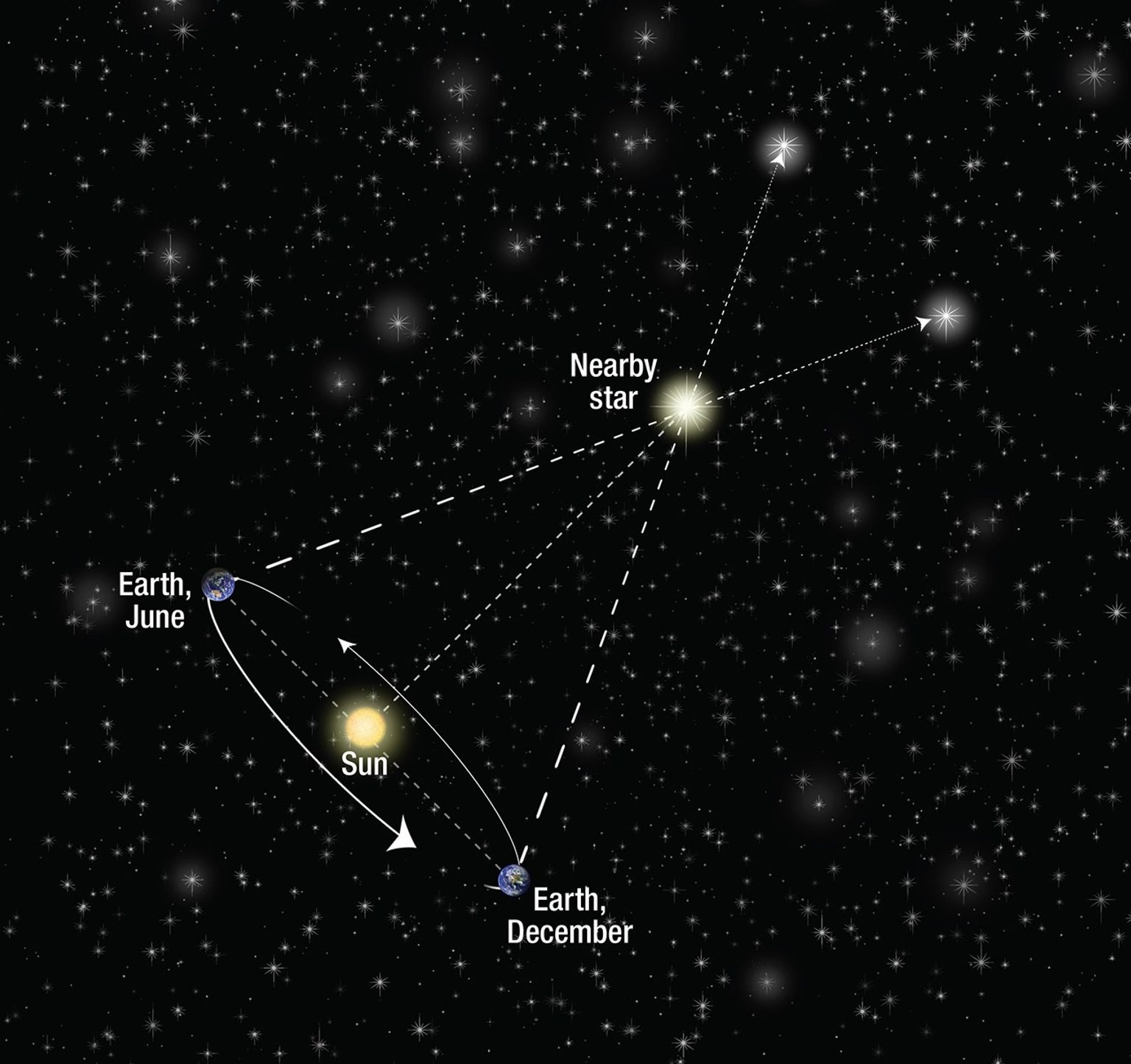No stellar parallax is observed; therefore Earth doesn’t orbit the Sun.
Quick reality-check: Friedrich Bessel measured stellar parallax in 1838; ESA’s Gaia spacecraft now maps the tiny annual wobble of over two billion stars—precision down to micro-arc-seconds, utterly incompatible with a stationary flat disk.

Why is this claim made?
The claim is based on the historical difficulty of measuring parallax due to its tiny size. Flat-Earth proponents argue that if parallax isn’t visible to the naked eye, Earth must be stationary.
Why the claim doesn’t work
Modern instruments like ESA’s Gaia can measure parallax shifts as small as a few micro-arc-seconds. These measurements confirm Earth’s motion around the Sun and are incompatible with a flat, stationary Earth.
Evidence against the claim
- Stellar parallax was measured in 1838 by Friedrich Bessel.
- ESA’s Gaia mission tracks the annual wobble of over two billion stars.
- Parallax is a fundamental tool for measuring cosmic distances.
Summary
The claim ignores centuries of progress in astronomy. Parallax is real, measurable, and confirms Earth’s orbit.
Links to additional resources